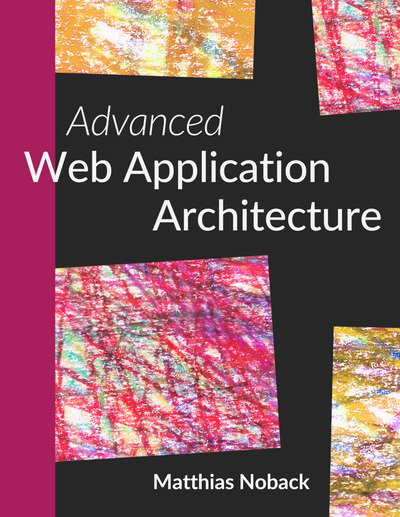What do you think?
Rate this book


384 pages, ebook
This should work, and might be a correct integration test, but I doubt if it’s a
very useful test.
I think this could be ... But that’s something for another day.
Abstractions have a cost, but as we discussed before: they have many benefits. Both for the long-term maintainability of your application as for today’s testability of the code.